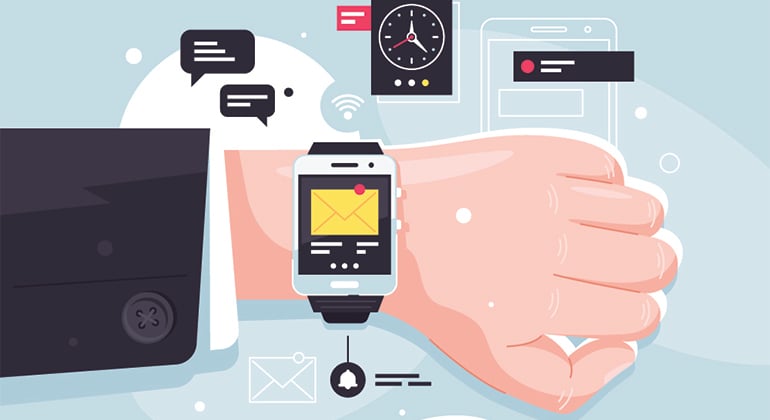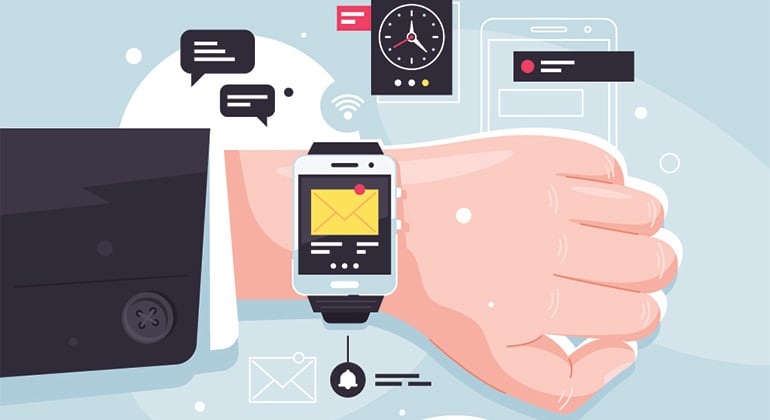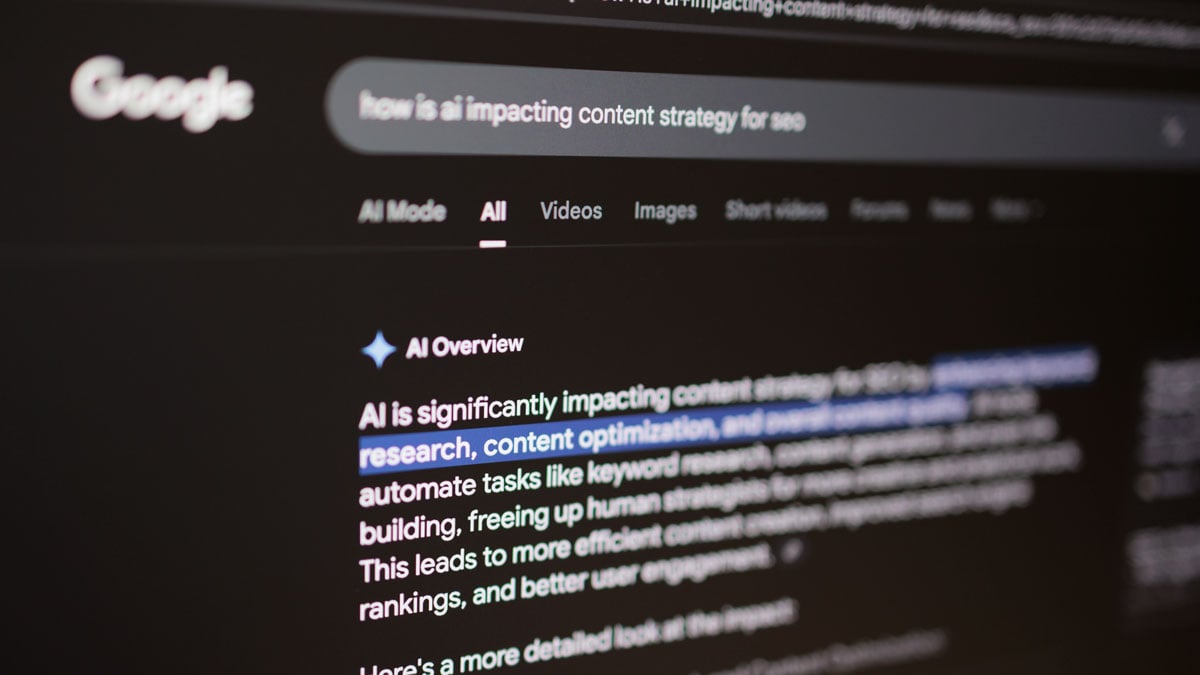Email Marketing: 3 Big Trends to Embrace

August 16, 2021

Throughout the last decade, we saw the rise of exciting new marketing technologies and channels. Social media marketing dominated the news, becoming an integral part of every marketer’s strategy. But while social may have had more limelight, one fact remains—email marketing still drives more conversions than search and social. In fact, an astounding 72% of people prefer to receive email content marketing than social media.
Email marketing is lucrative when done right, and has notable advantages—so make sure it remains an integral part of your strategy. What has changed however, and quite dramatically, is the email landscape. Technologies are getting smarter, platforms are changing and competition is increasing—at an exponential rate. As a result, hyper-personalization in email marketing is reaching new heights.
Here are 3 trends you need to be aware of to develop a successful email marketing strategy.
1. Emails will continue to get shorter—even the length of a notification.
Today, mobile is responsible for at least 50% of all opens—and a rapidly growing amount of people are viewing emails on watches or listening to them on voice-assistant devices, like the Amazon Echo. As the platforms used to view—or listen to—emails evolve, messages are being pared down to the length of a subject line or push notification.
Combined with people’s shrinking attention spans and increasingly cluttered inboxes, it’s more important than ever for email messages to be short and concise. To be effective, immediate value must be provided in a few simple, yet engaging words.
2. People often see the “most relevant” emails first now.
Email service providers (ESPs) are helping recipients manage their inboxes in new, smart ways. Emails are no longer solely sorted by most recent, but also based on predictions of what users want to see. For example, Gmail’s Priority Inbox determines what’s important based on the messages you open, people you frequently chat with, and message keywords and content—and puts those emails at the top.
Pair that with the fact most people choose to open 16 emails a day—and those emails are almost always from their “trusted advisors”. If you’re not in that group, the chances of your email even being noticed now is pretty slim. That’s what makes personalization and building relationships through email so important.
3. Businesses are accessing better contextual data to increase personalization.
Email personalization is only possible with the right data—and that data is becoming more predictive and real-time. ESPs and third-party providers are developing new ways to help businesses leverage data captured from digital interactions to create a better user experience. That data could now include a consumer’s geolocation and/or passive pattern recognition (such as sites they frequent or recent searches).
Businesses who are able to truly leverage this technology and data to send relevant, personalized emails to the right person, at the right time, will leave competitors in the dust.
These three trends are leading the way for email marketing in 2020. In order to stay competitive and reap the many benefits email marketing has to offer, strategies must be adjusted as the landscape evolves.






